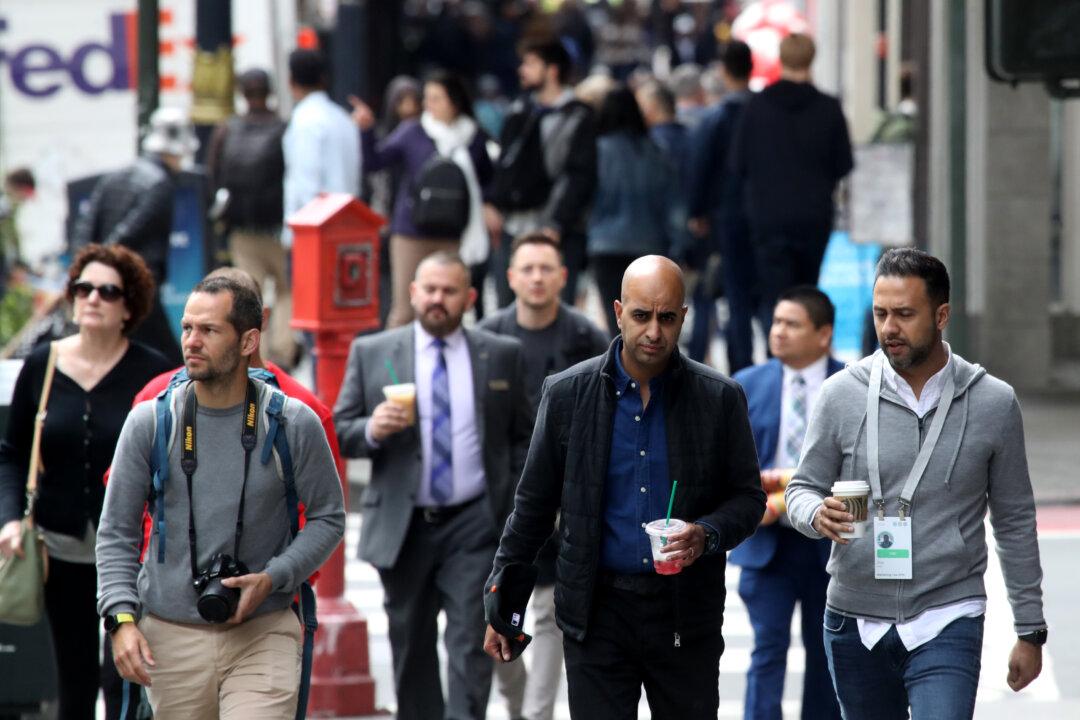Commentary
Sometimes more important than elections themselves is the decennial redistricting mandated after each U.S. Census. It’s a large country and Americans move around a lot. Throw in immigration, and each new numbering means the political dynamics change.





